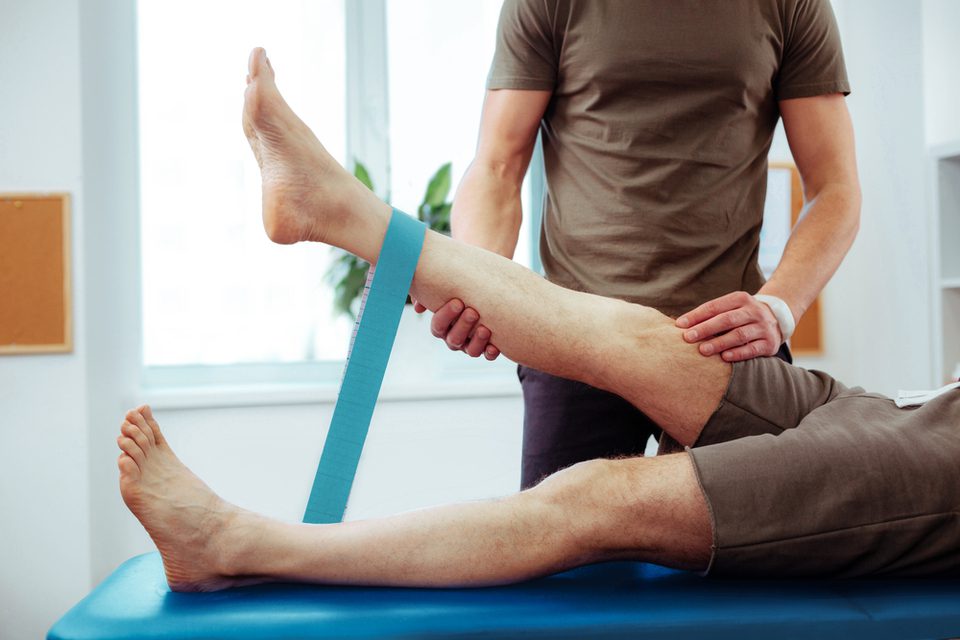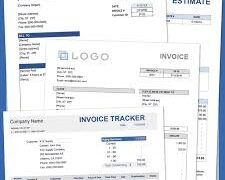The path to recovery becomes challenging for anyone who suffers injuries during an accident. The majority of injury victims need physical therapy to restore their strength and movement abilities so they can manage daily activities independently. The practice of physical therapy functions as a vital component which supports both injury recovery and personal injury legal proceedings. The documentation physical therapists maintain functions as essential proof which helps injury claims and shows how accidents affect patient lives.
This blog, PKSD shows readers why physical therapy notes matter and how courts use them and what professionals should do to protect their legal cases.
Why Documentation Matters in Personal Injury Cases
The foundation of personal injury claims depends on the collection of proof. Medical records together with accident reports and witness statements and financial documents establish the full story of the accident and its effects on the victim. Defense attorneys along with insurance companies search for discrepancies in the claim to reduce the amount of compensation.
The physical therapy notes serve as a written record which tracks the complete recovery process of injured patients. The tracking system records patient progress throughout several weeks or months while it shows pain levels and physical constraints. Physical therapy requires multiple treatment sessions which creates a record that demonstrates how long injuries have lasted.
What Physical Therapy Notes Typically Include
The physical therapist must write down various information during every patient appointment. The following information stands as essential evidence for injury cases:
Initial Evaluation: The therapist performs the first evaluation of the patient’s health status and their physical movement ability and pain intensity and physical restrictions.
Treatment Plan: Specific exercises, therapies, and goals created to address the injuries.
The documentation of therapy sessions requires healthcare providers to write detailed reports which explain the treatment results and patient reactions and any progress or difficulties that took place.
Pain Reports: Patient statements about pain levels, stiffness, or discomfort during activities.
Functional Limitations: Notes on how the injuries affect daily tasks such as walking, lifting, or sitting.
The therapist provides their professional assessment about the patient’s recovery potential and their expected long-term physical limitations.
The notes written by a licensed healthcare professional carry more weight than personal statements or testimony because they come from a medical expert.
How Physical Therapy Notes Support an Injury Claim
Physical therapy records support personal injury cases through multiple essential methods.
1. Establishing the Extent of Injuries
Insurance companies tend to minimize the actual extent of injuries which victims experience. The detailed records in physical therapy notes about pain levels and mobility restrictions and physical limitations create insurance companies find it challenging to downplay the injury.
2. Demonstrating Consistency
Litigation requires absolute consistency as its fundamental principle. The case becomes more solid when medical records and physical therapy documents and victim statements show matching information. The daily therapy notes demonstrate ongoing work toward recovery while supporting the plaintiff’s allegations.
3. Showing Effort Toward Recovery
The defendants argue that the victim should have followed medical advice to reduce their damages. The victim shows proof of sincere recovery attempts through their physical therapy attendance and documented medical records.
4. Supporting Pain and Suffering Claims
Non-economic damages which include pain and suffering prove difficult to measure accurately. Physical therapy notes which describe daily obstacles and discomfort and gradual improvement serve as concrete evidence to back up these claims.
5. Establishing Long-Term Impacts
The therapy notes demonstrate minimal advancement in spite of ongoing attempts which could support claims of permanent disability or ongoing medical treatment needs. The settlement or jury award becomes more valuable because of this.
Potential Challenges with Therapy Notes
The improper management of physical therapy notes results in multiple difficulties which affect the treatment process. Some potential issues include:
- Gaps in Treatment: Missing multiple sessions may suggest that injuries were not as serious as claimed.
- Insurance companies can use any differences between medical records and pain level or progress notes to challenge plaintiff claims.
- The victim’s failure to follow exercise instructions and home treatment plans documented in notes will reduce the strength of their claim about complete recovery attempts.
- Injury victims need to take therapy seriously because of these risks so they must follow their treatment plans and maintain open communication with their therapists.
Best Practices for Maximizing the Value of Physical Therapy Notes
Follow these best practices to make sure physical therapy documentation helps your injury case instead of creating problems.
Attend All Appointments
Regular attendance demonstrates commitment to recovery and creates a complete record of progress.
Communicate Honestly
Patients need to maintain truthful communication about their pain intensity and treatment obstacles and their healing progress. The process of making things appear more or less than they really are results in problems with credibility.
Follow Home Exercise Programs
Therapists assign patients to perform specific exercises between their therapy sessions. The case evaluation depends on patient compliance which the notes can reveal.
Keep Personal Notes
Your personal pain journal together with professional therapy notes will help you understand your pain and struggles better.
Coordinate with Your Attorney
You must provide your therapy records to your lawyer at the beginning of the legal process. The lawyer needs to examine the notes to detect possible weak points which will help them develop the most effective presentation strategy.
How Attorneys Use Physical Therapy Notes in Court
Personal injury attorneys use physical therapy notes to get settlement deals and to fight their cases in court. The notes can be introduced as evidence to:
- Medical expert testimony becomes more reliable through this evidence.
- The evidence shows how serious and long-lasting the injuries were.
- The evidence shows the plaintiff did his best to get better.
- The evidence should show the need for medical costs and disability payments that will happen in the future.
Attorneys may also call the physical therapist as a witness to explain the records, describe the recovery process, and provide an expert opinion on the patient’s limitations. The evidence would create a strong effect on the jury.
Physical therapy serves two different purposes when used in personal injury cases. The documentation serves as vital evidence which helps victims recover their physical health and determines the success of their legal case. The therapist notes function as proof to show how severe injuries are while demonstrating consistent treatment and active participation in recovery.
The records serve as proof but they can create difficulties when patients miss therapy appointments or fail to follow treatment instructions. Injury victims need to focus on their recovery process because they must stay truthful with their therapists and maintain constant contact with their legal representatives.
Physical therapy notes serve as essential evidence for plaintiffs who want to prove their case effectively and receive proper compensation and show the full extent of their accident injuries.



































